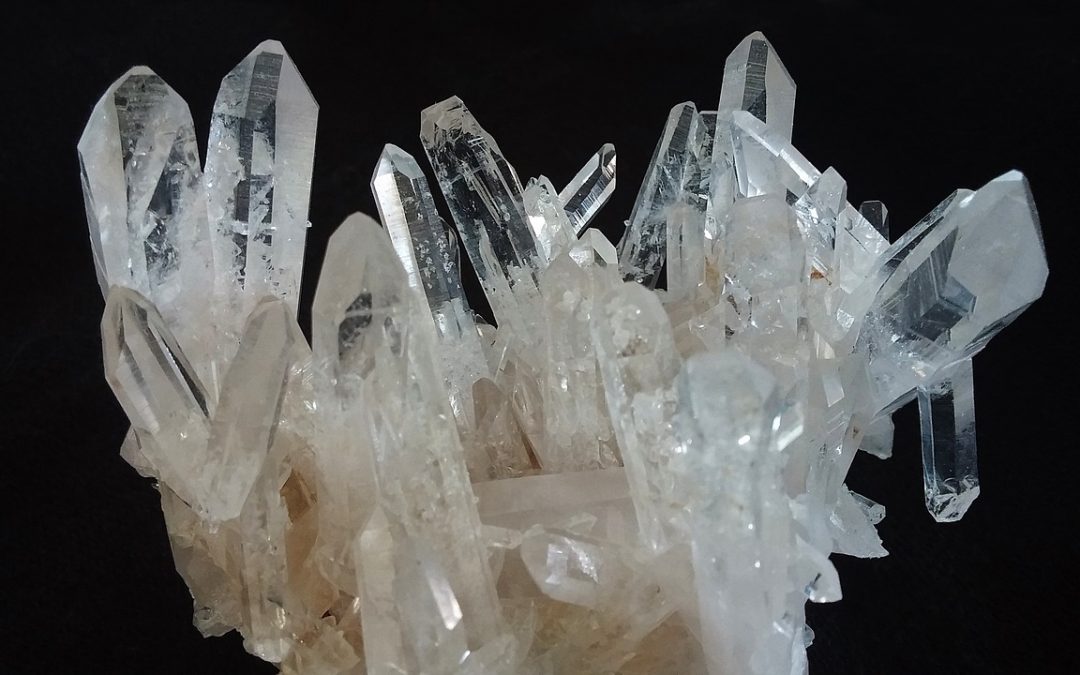
Ancient April Celebrations and Holidays
The rites of Spring are rooted in the old ways of the world. Through mythology and god/goddess stories, Spring was celebrated as a time of renewal, rebirth and passion. The earth was now waking up from its winter slumber. Excitement and anticipation were tangible!
Here is a sampling of some of the ancient holidays celebrated in April, as taken from Zsuzsanna Budapest’s book, The Grandmother of Time.
April 1st Veneralia (Roman)
This is the holiday of Venus (Aphrodite to the Greeks), the Goddess of love and death, of orchards and sexuality, of the waters of the world. This holiday appears to be a practice for women, hoping for her help with good fortune, happy love, birth and joy in their lives. This goddess reminds us of love’s rule over logic. It was a time to ask your lovers to do senseless tasks and errands to prove their love and devotion. This is where the idea of our April Fool’s Day pranks originated.
April 3rd and 4th Megalisa (Phrygian and Roman)
Megalisa is a celebration of Cybele as the Great Mother. Worship of Cybele was passionate and sexual. Men who wanted to be her priests castrated themselves in her honour, to be more like the goddess. For women, this is another mother’s day, devoted to the Great Mother, Magra Mater, the creator of all things, gods and people. This is the sexual mother whose urge called forth life. She is celebrated with dance, games, rituals and feasts.
April 5th Festival of Kwan Yin (Chinese and Japanese)
The Goddess of Tolerance and Mercy, Kwan Yin, (known in Japan as Kwannon) is celebrated as the Great Mother of China with offerings of incense and visits to her shrines. Also known as, “The Lady Who Brings Children”, Kwan Yin embodies all that is female in the universe. She is the magnificent spirit that brings us the future, by means of happy, healthy children.
April 13th Ceralia (Roman)
The Goddess of the Crops was called Ceres. Her name is still in our breakfast cereal; she gave us the first foods, developed the acorn, and taught us the art of agriculture. Ceralia was celebrated by the simple folk. Farmers walked or danced around their fields with torches in honour of Ceres. An old custom of pagan men who blessed the fields of wheat by leaping around them was the inspiration for male ballet dancers who now do the “stag leap” across the stage.
April 22nd Festival of Ishtar (Babylonian)
Ishtar is the Babylonian great goddess, “The Star”, a derivation of Inanna – the Sumerian Goddess of Heaven. She was a sexual deity whose very fecundity was the life of her people. She appears in the Bible as Ashtoreth and Asherah. She was the major divinity before any patriarchal gods appeared. Ishtar was the soul of her people, the very essence of their power to live and love. It is interesting to note that we now celebrate Earth Day on this date.
April 27th Floralia (Central and Eastern European)
Floralia is the Goddess of Flowers and Flora. The ancients prayed to her for fruits that come from blooms. It used to be a 6 day celebration when men bedecked themselves with flowers and women dressed extra gaily. Men’s clothes were embroidered with flowers, bouquets and other natural motifs while women’s clothing had roses, wheat and morning glories. The woman’s headress was usually the parta, a crescent decorated with pearls and shiny beads, with long streaming red ribbons cascading down the back. Look to the current folk costumes of Eastern European folks for an idea of the fashions from ancient times.
April 30th Beltane (Celtic)
This festival of witches has a lot of tradition. Known as Beltane or Beltain (Celtic), May Eve (Central European) or Walpurgisnacht (Germany), this is a celebration of the power and sacredness of sexuality. The followers of the Old Religion met on mountaintops and danced the spiral dance. Men and women mated in the open fields – “enjoying” each other was expected! Babies that resulted from these celebrations were called sons and daughters of Pan, or Cernunnos, since all men represented him. The ancients believed that the Good Earth appreciated the sexual energy expended in her fields and that this stimulated the fertility of the crops and animals as well as the vitality of the community.
These holidays were but a few of the ways our ancestors explained and expressed their understanding and appreciation for the promises of Spring. This also helps to explain why our experience of “Spring Fever” can be so intense. Restless, excited and ready to take on the world. It must be in our genes!




Recent Comments